After rising so much, has your new energy fund paid back?
The recent rise in new energy is a bit stunned. Although it is usually best to buy a fund with a balanced allocation, as soon as new energy rises, there are still many Christians who come to ask about the new energy fund.
Today, let’s talk about it, let’s take a look at the rebound of new energy-related funds.
Since the rebound on April 27, after excluding special shares such as Class C, there are still 8 active equity funds that have rebounded by more than 50%!
Among the active equity funds, more than 70 funds have rebounded by more than 40%.
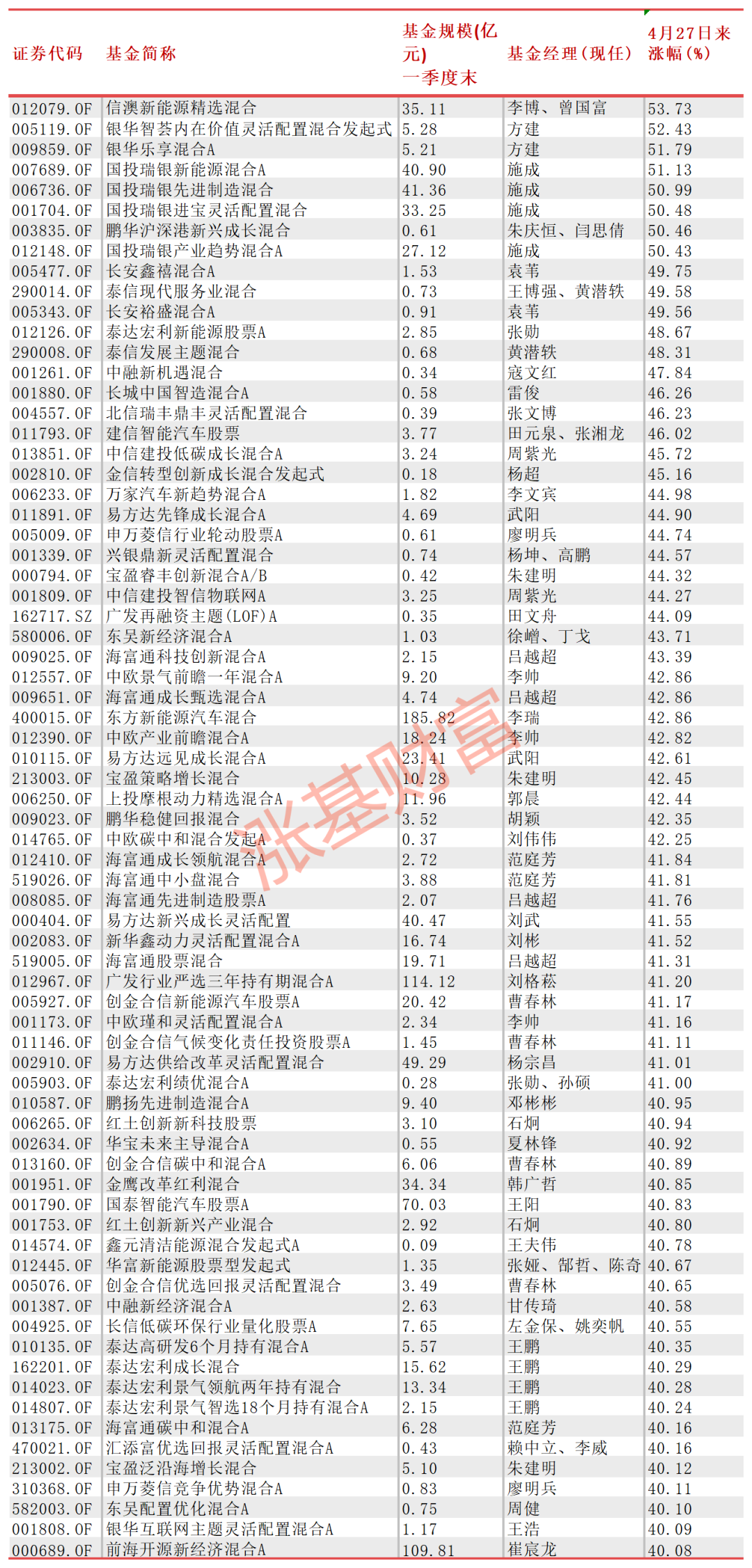
Data source: Choice, as of 2022.06.10, excluding special shares such as Class C, the same below.
The index funds with the highest rebound rate also exceeded 49%. If you look at the underlying indexes tracked by these index funds, CSI Rare Metals may not be familiar to everyone.
However, the CSI New Energy, CSI New Energy Vehicles, and CSI Photovoltaic Industry Index, which appear frequently, are often seen by everyone.

How crazy this wave of new energy funds has risen, Christians who hold positions and care about them should have a good understanding of it, so I won’t say more about it.
But don’t forget the tragic fall of these funds before.
These rebounding funds have all retreated more than 30% this year, and after the rebound, they have basically not returned to positive returns this year.
This is the case for both active equity funds and index funds. Lao K has also counted the biggest drawdowns and returns this year of the active equity funds that have rebounded at the top of the wave. The specific situation is as follows, especially the new Christian Democrats have to have a concept in their hearts, a 50% drop requires a 100% rise to make a return.
Although some new energy funds have risen by 50% this time, in fact, the returns this year are still negative.
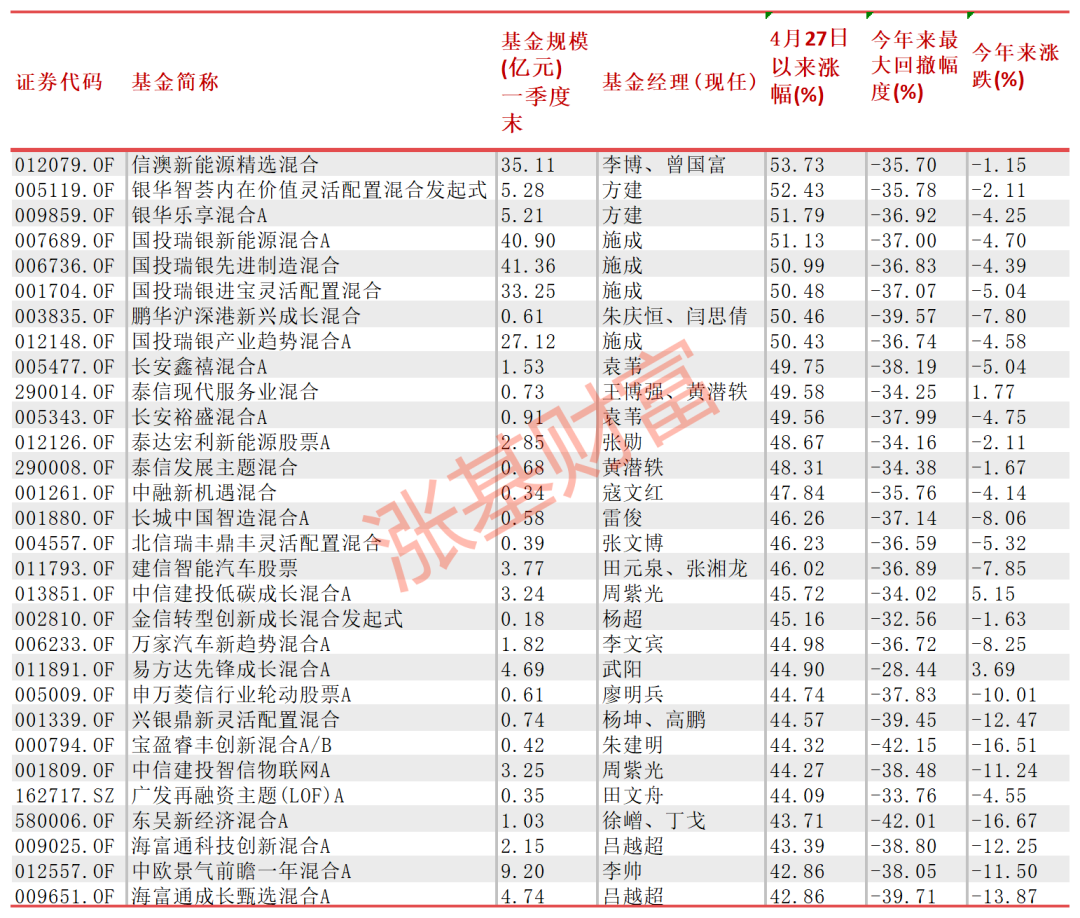
The new energy fund has risen sharply and fell badly. The old K has finished talking. Now let’s talk about where the new energy fund has risen in detail, and whether to sell the position is the two most concerned issues for Christians.
As we said earlier, the three core indices tracked by the New Energy Fund are the CSI New Energy Index, the CSI New Energy Vehicle Index, and the CSI Photovoltaic Index.
You can see the difference between these three indexes by looking at the names. Among them, the CSI New Energy Index is relatively comprehensive, while the CSI New Energy Vehicle Index and the CSI Photovoltaic Industry Index focus on two sub-tracks.
Let’s take a look at the CSI New Energy Index first. The CSI New Energy Index selects securities of listed companies in the Shanghai and Shenzhen markets involving renewable energy production, new energy applications, new energy storage, and new energy interactive equipment as index samples. It reflects the overall performance of securities of listed companies related to the new energy industry.
The top ten heavyweight stocks of the CSI New Energy Index are shown in the figure below, involving leading stocks in new energy such as LONGi Green Energy, CATL, Tongwei, Tianqi Lithium and other photovoltaics, lithium batteries, and lithium mines.

The figure below shows the valuation of the CSI New Energy Index. The latest valuation of the CSI New Energy Index is 36.65 times, which is basically in the median position.


Data source: Choice, as of 2022.06.10
Let’s take a look at the valuation of the CSI New Energy Vehicle Index!
The CSI New Energy Vehicle Index selects securities of listed companies involving lithium batteries, charging piles, new energy vehicles and other businesses from the Shanghai and Shenzhen markets as index samples to reflect the overall performance of securities of listed companies related to new energy vehicles.
The top ten heavyweight stocks of the CSI New Energy Vehicle Index are shown in the figure below. BYD is the largest heavyweight stock, as well as leading stocks in the new energy vehicle industry chain such as CATL and Tianqi Lithium.

The latest valuation of the CSI New Energy Vehicle Index is 53.13 times, which is much higher than the median of 37.61 times.
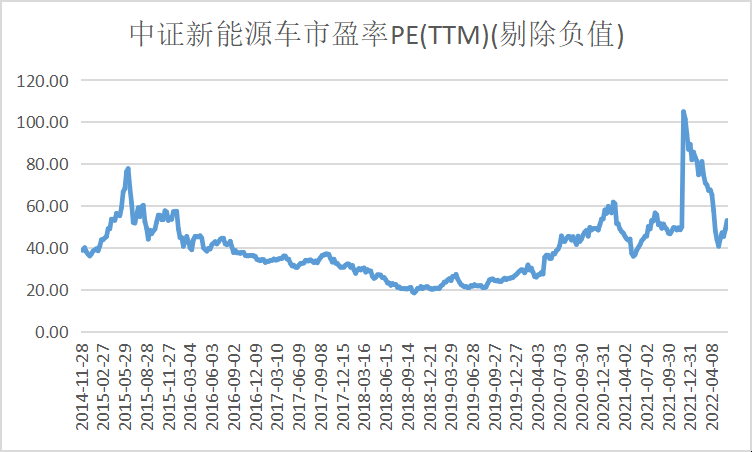
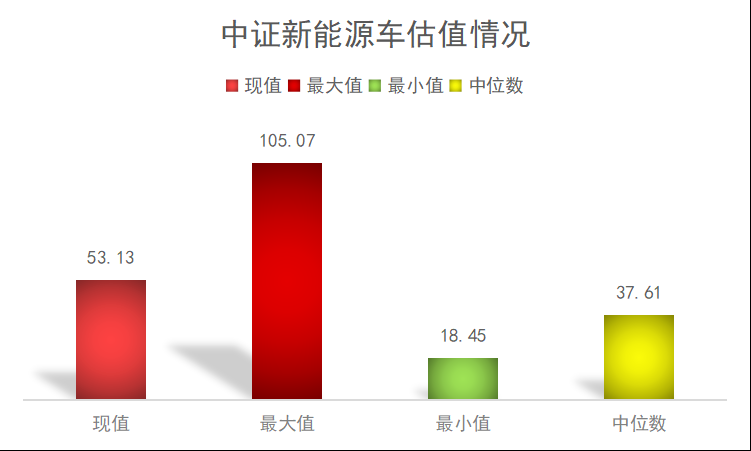
Data source: Choice, as of 2022.06.10
Next is the situation of the CSI Photovoltaic Industry Index!
The CSI Photovoltaic Industry Index selects no more than 50 securities of the most representative listed companies from the securities of listed companies whose main business involves the upper, middle and lower reaches of the photovoltaic industry chain in the Shanghai and Shenzhen markets as index samples to reflect the photovoltaic industry in the Shanghai and Shenzhen markets. Overall performance of listed company securities.
The top ten heavyweight stocks of the CSI Photovoltaic Industry Index are shown in the figure below, all of which are leading stocks in the upper, middle and lower reaches of the photovoltaic industry.
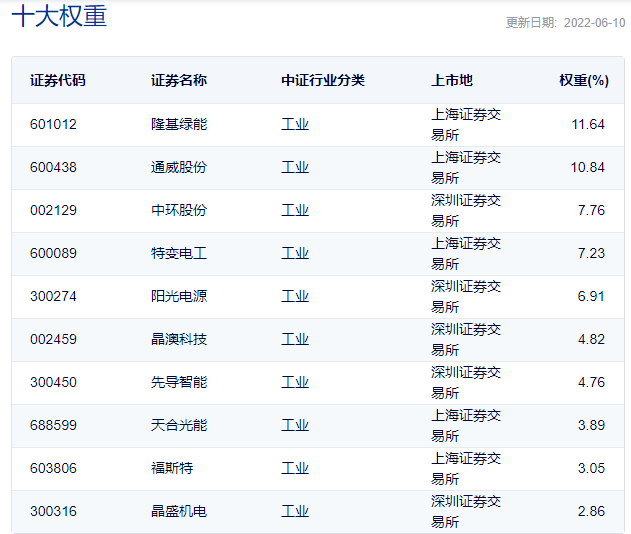
The latest valuation of the CSI Photovoltaic Industry Index is 37,59 times, which is higher than the median of 32.26 times.

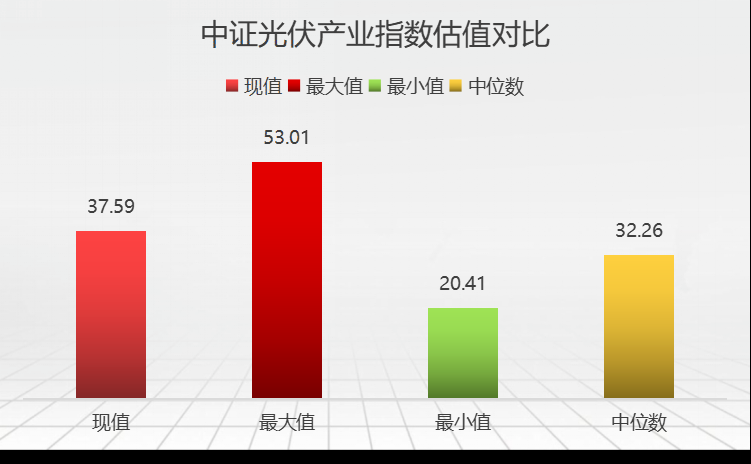
Data source: Choice, as of 2022.06.10
After reading these pictures, I believe that the three major indexes related to the new energy fund have risen, and everyone knows where they are.
Of course, valuation is a dynamic data, and we can only use it as a reference indicator when investing in industry-themed funds.
In addition, we have to make a comprehensive judgment based on many factors such as industry prosperity, industry development prospects, and policy support.
Therefore, investing in track-type funds such as new energy funds requires very high investment capabilities of investors.
If you still say that there are fund managers at this time, if you look at the fund managers of industry-themed funds, they are basically looking at the sky.
Therefore, investing in track-type funds basically depends on your own judgment, which is difficult for ordinary Christians to grasp.
As for the question of whether to sell or not, this varies according to each person’s risk tolerance. If you are worried every day and affect your own normal life, then you can sell if you want.
If you are optimistic about the new energy industry for a long time, you can insist on holding it for a long time, and you are not afraid of the pain caused by the decline, and you can let the bullet fly for a while.
Okay, that’s it, data collation is not easy, remember to like, share, and favorite to support the old K!
Disclaimer: The remarks posted on this account only represent personal opinions and cannot be used as a basis for buying and selling. There are risks in the market, and investment should be cautious. The past performance of funds and fund portfolios cannot predict their future performance. Fund research, analysis and fund portfolio services do not constitute investment consulting or advisory services. Please read relevant legal documents and risk disclosure books, and make rational investments based on your own risk tolerance. # #Afraid of chasing high and afraid of stepping empty, can the track fund still buy it# @ @雪ball fund @ @Today’s topic
There are 2 discussions on this topic in Snowball, click to view.
Snowball is an investor’s social network, and smart investors are here.
Click to download Snowball mobile client http://xueqiu.com/xz ]]>
This article is reproduced from: http://xueqiu.com/1102545823/222358237
This site is for inclusion only, and the copyright belongs to the original author.